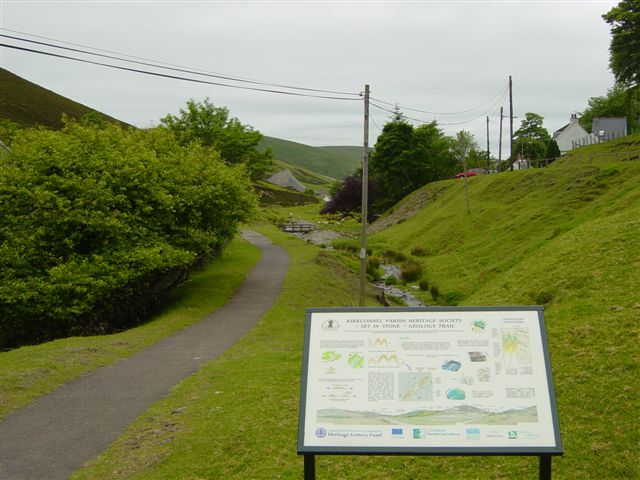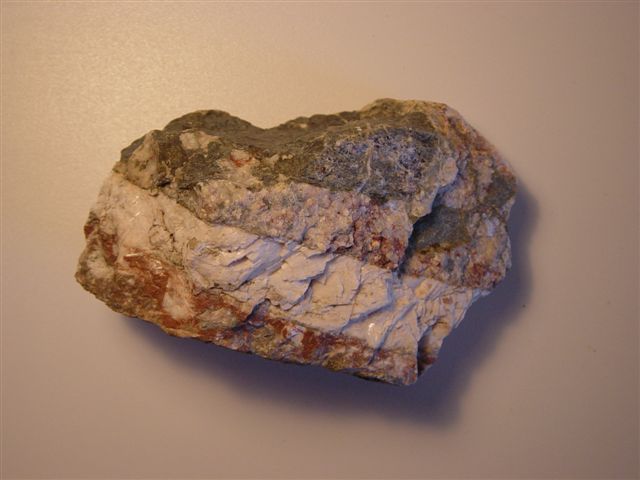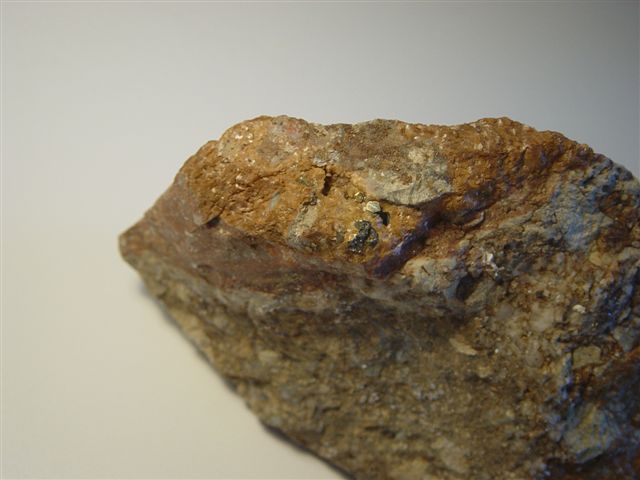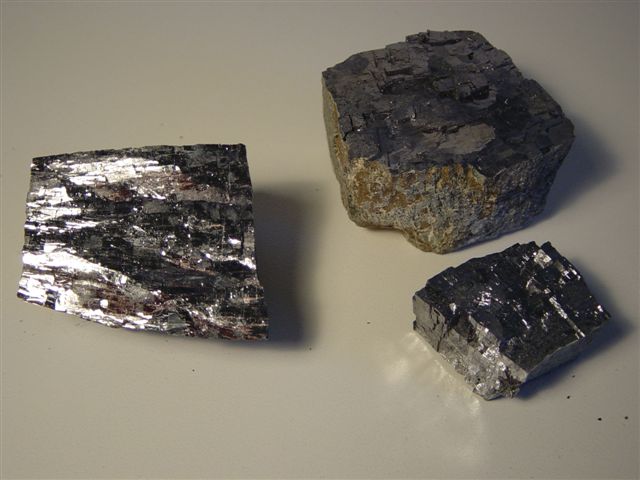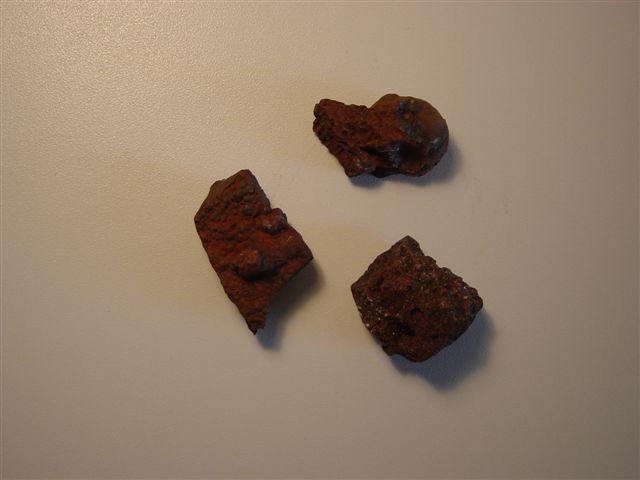| 5th & 11th June 2007 | ||||||||||||||||||
| WANLOCKHEAD | ||||||||||||||||||
|
Tour: Self (by train: Kilwinning - Troon - Sanquhar............and bus) |
||||||||||||||||||
| Weather: A good sunny day and a fair one. | ||||||||||||||||||
Summary of Geology: The greywackes and shales of the Southern Uplands accretionary prism, thrust upwards following subduction and closure of the Iapetus Ocean, were subjected to tensional forces in Carboniferous times, allowing great cracks to open at depth and for hydrothermal circuits to develop. The circulating hot fluids allowed the slow accumulation of concentrations of minerals within deep veins. In the Lowther Hills area around Wanlockhead and Leadhills, more than 70 veins are known to exist, containing high concentrations of lead (galena, PbS), zinc (sphalerite or zincblende, ZnS), as well as many other carbonates, sulphides and oxides. The vein minerals are mostly to be found within a matrix of brecciated greywackes. Gold can also be found, mostly in placer deposits rather than within veins. Lead has been mined in the area for over 700 years, and for many years was smelted locally, leaving today a landscape scarred with old tips and abandoned buildings. The lead mining museum in Wanlockhead has fascinating displays and offers tours of a local mine and other places of interest.
|
||||||||||||||||||
|
||||||||||||||||||
